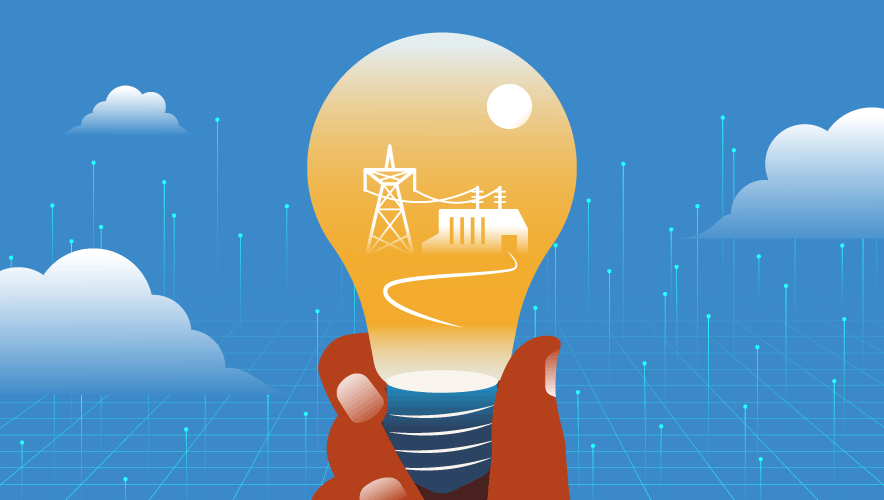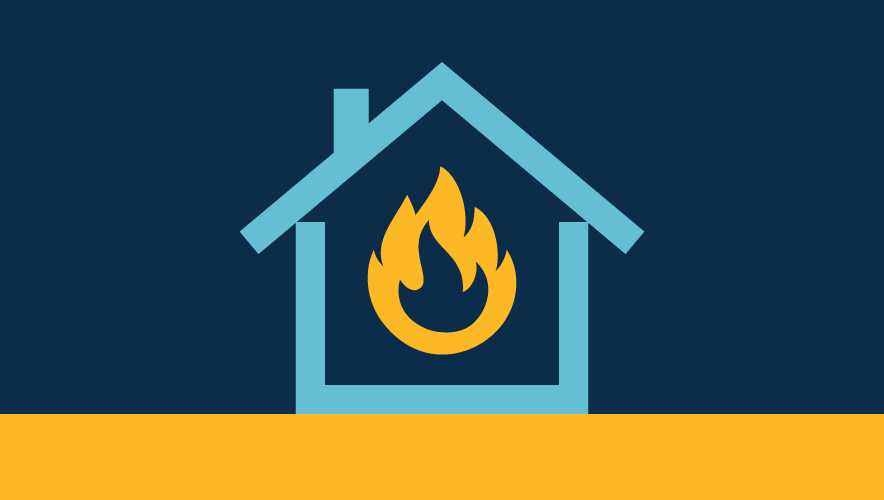Strengthening Infrastructure Security: Convergence in Utilities Industry
Utilities are the lifeline of modern society, providing essential services like electricity, water and gas. This critical infrastructure, however, is increasingly at risk of physical security attacks. The energy sector, in particular, has seen a rise in incidents where substations, transformers, and power lines have been targeted. According to the U.S. Department of Energy, the number of physical security incidents against U.S. electricity infrastructure increased as much as 70 percent in 2022 compared to prior years. Beyond the potential for service disruption, these attacks pose a severe risk to public safety and national security.
In recognition of the high stakes, utilities must adhere to strict compliance and regulatory mandates that govern physical security, access control, and cybersecurity. These regulations require careful coordination between multiple departments, including physical security, information technology (IT), and operational technology (OT).
The Challenge: Physical Threats and Regulatory Compliance
In recent years, utilities have faced increasingly severe and frequent threats to their infrastructure. Attacks on substations, transmission lines, and control centers can cause widespread outages and significant damage. These incidents often result from criminal activity, vandalism, insider threats, or, in extreme cases, acts of terrorism.
That’s where stringent compliance frameworks, such as the North American Electric Reliability Corporation's Critical Infrastructure Protection (NERC CIP) standards, come into play. These regulations mandate rigorous controls over who can access sensitive areas, when they can do so, and under what circumstances. Utilities must validate the training and certification of personnel, maintain detailed access logs, and ensure that physical security measures meet specific criteria.
Moreover, utilities must consider not only physical threats but also the potential for cyberattacks on their infrastructure. This interconnectedness demands a holistic view of security that integrates multiple disciplines.
A Unified Approach to Security
By converging physical security and cybersecurity, organizations can better understand their threat landscape and respond more effectively to incidents.
Let's consider an example from a leading sustainable energy company in the United States that focuses on electricity, natural gas, onshore wind, offshore wind, and solar energy. This company faced challenges in managing security across multiple sites and ensuring compliance with regulatory mandates. The company's security operations center (SOC) needed to monitor a wide range of data points, from smart surveillance cameras to access controls, while staying within governance requirements. But relying on one or two security personnel to digest all this data and make proactive decisions wasn’t the answer.
To address these challenges, the company implemented a solution that integrated its physical security systems with its IT infrastructure. This convergence allowed for seamless communication between different departments and provided a comprehensive view of security. The SOC could monitor threats in real time, analyze data from various sources, and respond quickly to incidents with artificial intelligence (AI) powered capabilities.
Crucially, the integrated approach also improved compliance. By connecting security systems with human resources databases, the company could automatically update access controls based on employee status. This automation reduced the risk of human error and ensured compliance with regulatory requirements. To put it into perspective, if somebody who has access to critical infrastructure is terminated, law mandates they be removed from the system within 24 hours. If that doesn't occur, it can lead to hefty fines. So, the ability for HR to connect with physical security systems and create an automatic chain of events is crucial.
The Pros of Convergence
The convergence of physical security and cybersecurity offers several key benefits:
Enhanced threat detection and response. A unified view of security allows organizations to detect threats more quickly and respond with greater agility. By integrating data from multiple sources, companies can identify patterns and anomalies that might otherwise go unnoticed.
Improved compliance and governance. Convergence helps ensure that security measures align with regulatory mandates. Automated processes reduce the risk of non-compliance, and centralized monitoring provides a clear audit trail for regulatory inspections.
Stronger collaboration between departments. Convergence fosters communication between physical security, IT, and OT teams. This collaboration helps bridge gaps in understanding and ensures all stakeholders are on the same page regarding security priorities.
Reduced risk of vulnerabilities. By integrating physical and cyber security, utilities can identify and address vulnerabilities more effectively. This approach helps prevent unauthorized access, data breaches, and other security incidents.
Increased efficiency and cost savings. Convergence can lead to greater operational efficiency. By streamlining security processes and reducing duplication of effort, companies can achieve cost savings while maintaining a high level of security.
The Road Ahead: Changing Culture and Paradigms
As utilities move toward a more unified security model, they must also consider emerging trends like data-driven HVAC systems and smart buildings. These technologies offer new opportunities but also introduce additional risks. By embracing convergence, utilities can stay ahead of evolving threats and ensure the safety and reliability of their infrastructure.
Not surprisingly, generative AI will continue to accelerate security convergence by processing large quantities of data across the physical and digital domain, connecting the dots in lightning speed, and providing insights and recommendations to prevent and mitigate physical-cyber risk and threats.
While convergence offers significant benefits, it also requires a shift in organizational culture and paradigms. Utilities must break down silos between departments and foster a collaborative approach to security. This process involves not only integrating technology but also aligning the priorities and practices of physical security and IT teams.
Changing culture is often the most challenging aspect of convergence. Utilities have traditionally operated with distinct physical and cyber security practices. Bridging these gaps requires strong leadership, open communication, and a commitment to continuous improvement.
Lou Caputzal is global director of technical solutions with Alert Enterprise. With more than five years in the physical security industry, working for cutting-edge technology ventures and being a member of multiple acquisitions, combined with 10 years in the PIAM industry, Caputzal brings a unique perspective and deep knowledge to his role. He specializes in enterprise software platforms, solution/value-based selling techniques, and presales/solution engineering.






